February is a time of year to indulge in home comforts like cooking big-batch meals, reading in the afternoon and watching movies with the family. Here are a dozen ideas to add to your to-do list this month, from the necessary (clearing sidewalks of snow and ice, say) to the just-for-fun (treating yourself to weekly flowers).
Things to Check Off Your List in an Hour or Less
1. Rotate your mattress. Before you put on a fresh set of sheets, take an extra minute to rotate the mattress if you haven’t done so recently. Rotating your mattress every few months will help it wear more evenly and extend its life (and comfort).
2. Pack up a bag of old sheets and towels to donate. If you bought new sheets or towels during January white sales, make some room by letting go of an old set or two. Homeless shelters and some churches will accept donations of bedding and towels in good condition, and animal shelters are often in need of towels. (Check that donations are being currently accepted.) Really worn linens can be cut up and used as rags or dropped in a textile recycling bin.
3. Clean entryway floors. If winters are cold where you are, road salt and melting snow can mean entryway floors take a beating. Pick up clutter and give the floors a good mopping.
To keep floors looking their best between cleanings, stash a few old towels in a basket near the door to wipe up messes.
4. Keep sidewalks and entryways free of ice and snow (even while you’re away). Ice and snow can make walkways dangerous for visitors. Aim to shovel snow promptly, and sprinkle gravel, straw or wood chips to provide traction. Frequent light shoveling is better than letting the snow build up. And if you plan to be away during an expected winter storm, hire someone to clear the sidewalk and front steps of your home while you’re gone. Your neighbors and mail carrier will thank you.
Tackle These Tasks Over a Weekend
5. Cook to stock up your freezer. A few hours of cooking on a weekend can produce major dividends if you focus your efforts on big-batch suppers that can be frozen and reheated later.
Knowing that you have homemade soup, stew, chili or casseroles in the freezer makes facing weeknight dinners much less stressful. Just add crusty bread and a simple salad and dinner will be ready in no time.
6. Organize bookshelves. Pull out volumes that you didn’t enjoy or are finished with and sell or donate them, leaving a bit of extra room on each shelf for new titles. And if you get distracted by beloved old books you had forgotten about, just roll with it. After all, there are few better places to spend a winter afternoon than in a comfortable chair with a good book.
7. Refresh your movie-watching zone. Winter is a good time to catch up on movies you missed in the theater or to binge-watch your favorite shows. So why not make your movie-watching zone as comfy and cozy as possible? Start by vacuuming the floors and upholstery (using a vacuum attachment) and by clearing away clutter. Next, assess your collection of movies and games, donating extras to charity. Finally, make sure there are plenty of comfortable pillows and throws and lighting that can be dimmed.
8. Boost warmth. Stay toasty and save on energy bills by blocking drafty doors with door sweeps or door snakes and warming up with rugs, throws and duvets. For even more energy savings, shut doors to unused rooms, move furniture away from heating vents and close the chimney flue when it’s not in use.
9. Check bathrooms for moisture, mildew and mold. It can be hard to give bathrooms enough ventilation when the house is closed up tight for winter.
Unfortunately, that buildup of moisture can lead to mildew or even harmful mold. Give the bathroom a thorough cleaning, paying special attention to grout, the ceiling and any other areas showing signs of excess moisture.
10. Clean the dryer vent (and check for blockages outside). Having the buildup of lint cleaned from your dryer vent at least once a year is essential to keeping your dryer working efficiently and preventing a potential dryer fire. In winter, snow can block the exterior vent, so take a walk outside your home to inspect the vent and remove snow or debris if needed.
Maintenance and Extras to Budget for This Month
11. Start planning for a spring or summer home sale. If you’re considering putting your home on the market this year, it’s a good idea to start the process now. Set a timetable, interview potential real estate agents and make a list of projects that need to get done to help your home show well.
12. Indulge in weekly fresh flowers. With Valentine’s Day happening this month, the markets will be filled with fresh flowers at good prices. Treat your home to a bouquet of fresh-cut blooms once a week to add a little cheer — spring may still be a ways off, but that doesn’t mean your dining table can’t look like a garden in bloom!
This article first
appeared on houzz.com.


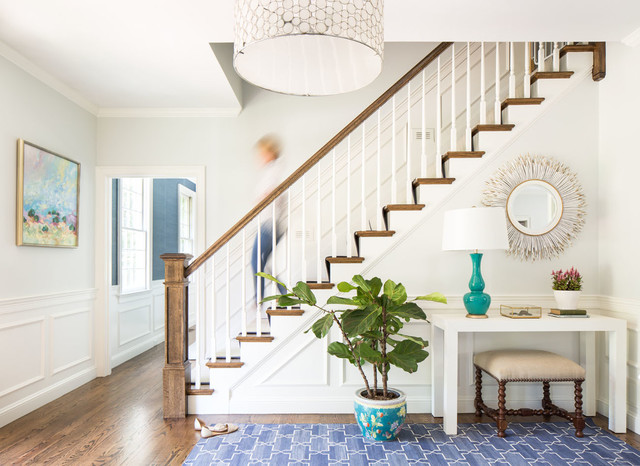
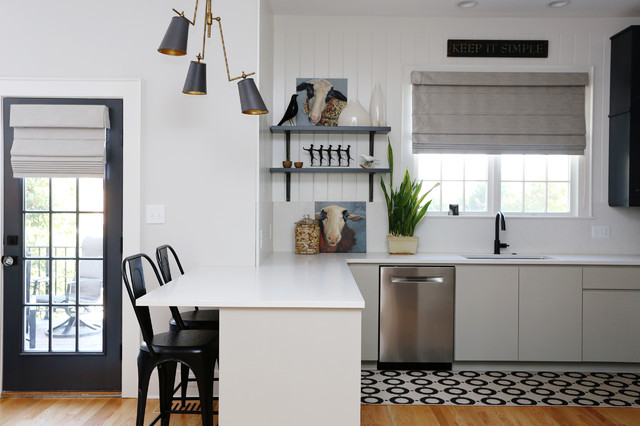
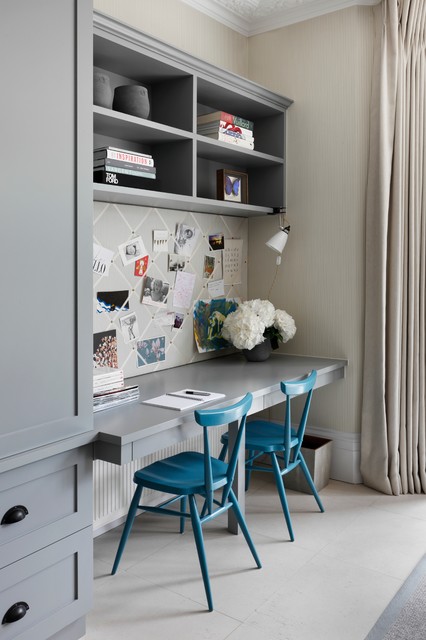
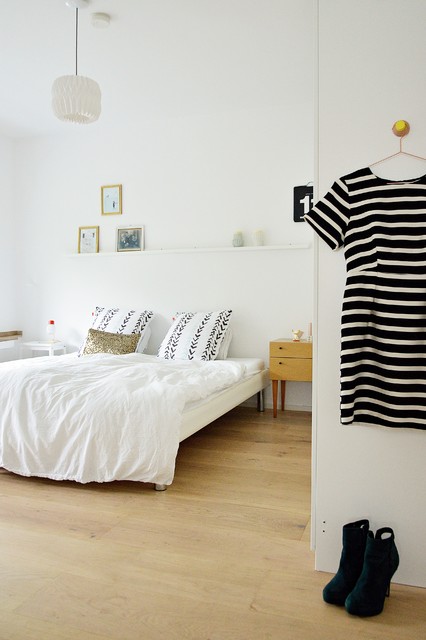
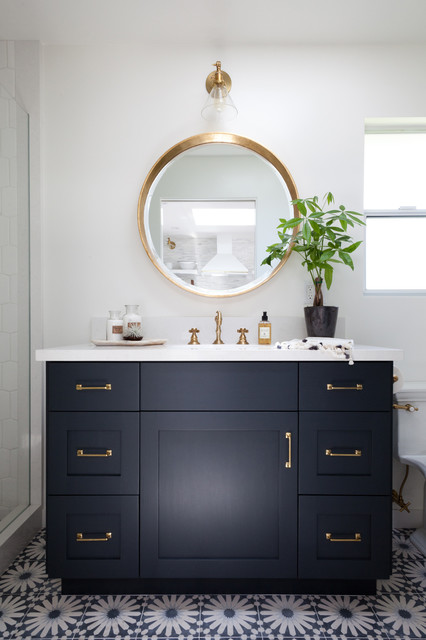
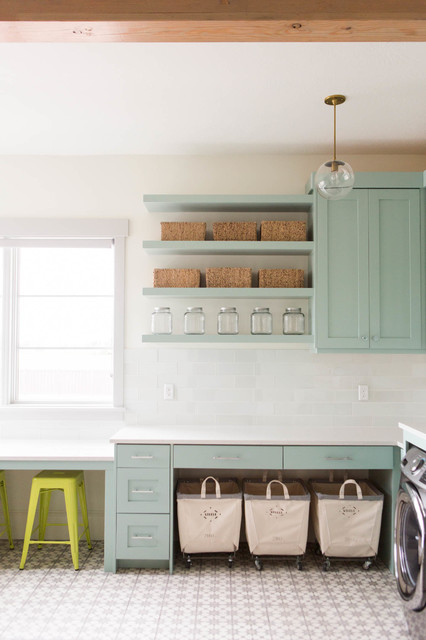
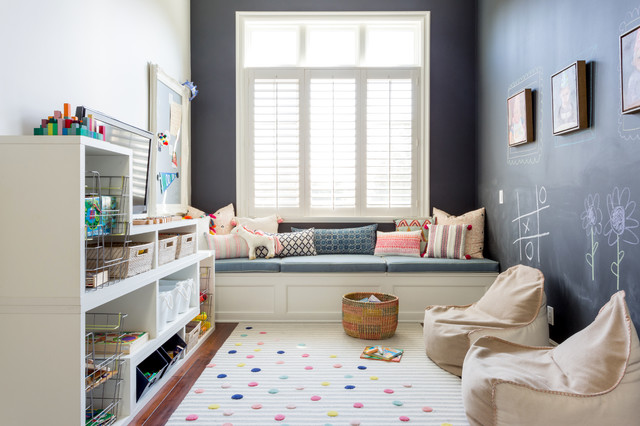
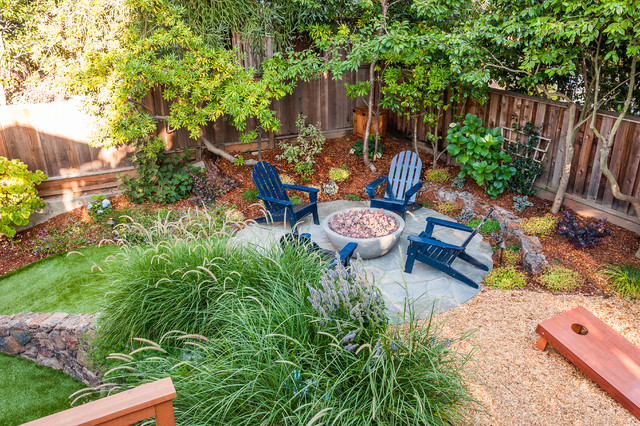
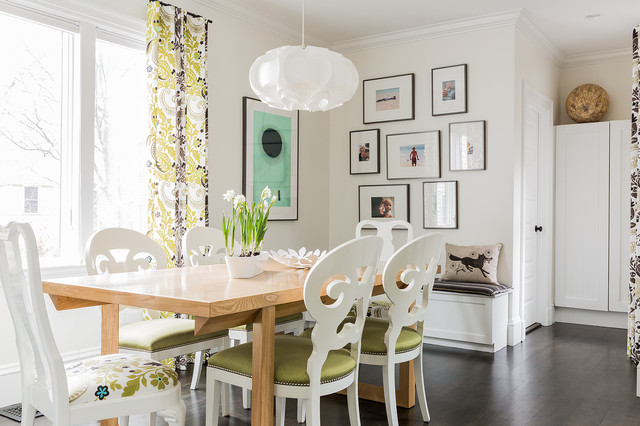
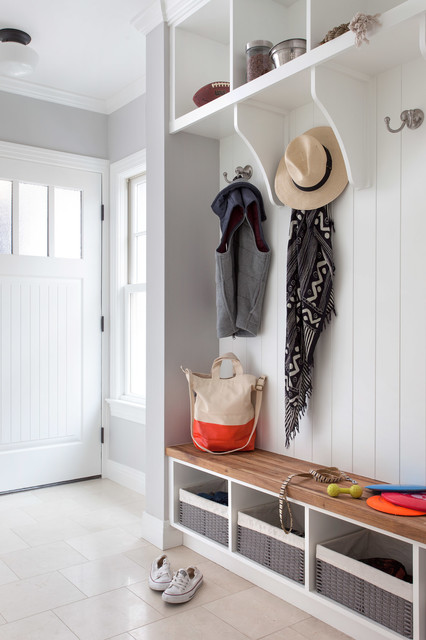
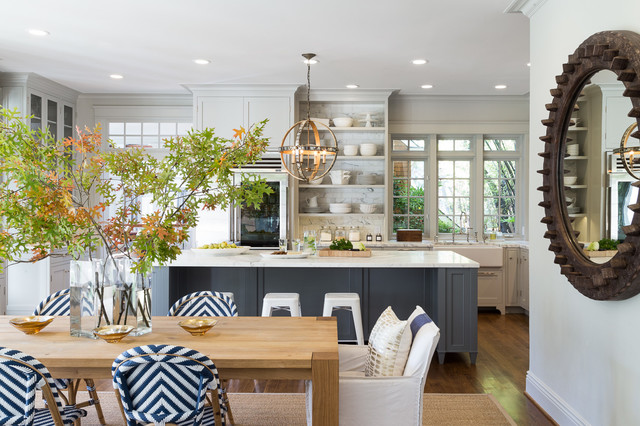
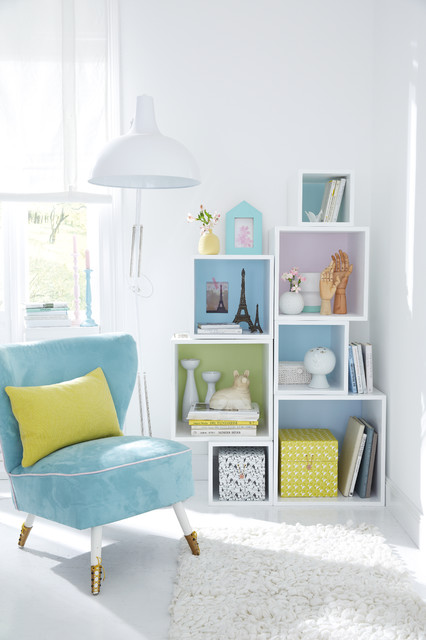
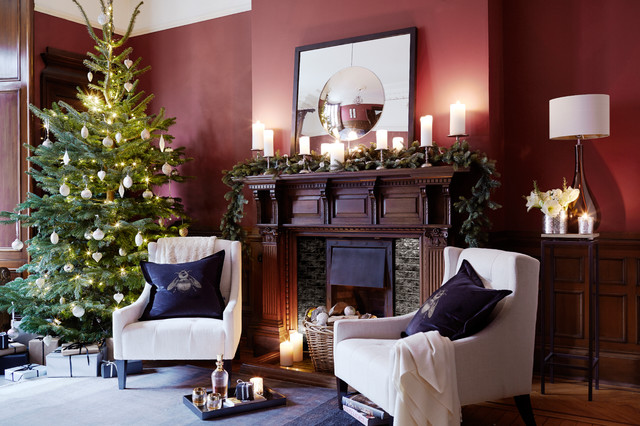










 Inky indigos, gunmetal grays and midnight blacks have never been more popular. If you’ve been tempted by their elegance and drama, but they’re making your room feel a little closed-in, here’s how to dump the dungeon feeling.
Inky indigos, gunmetal grays and midnight blacks have never been more popular. If you’ve been tempted by their elegance and drama, but they’re making your room feel a little closed-in, here’s how to dump the dungeon feeling.







Getting Started: Turbocharge Your Decluttering
If you’re feeling inspired and motivated by the new year, take advantage of that energy and spend a few weekends clearing clutter throughout the house. Making noticeable headway will help motivate you to keep up the decluttering effort in the coming months. Try to get the other members of your household onboard — but if they are not interested, don’t try to force it. Hopefully they will see the positive changes happening around the house and change their tune!
Habit to cultivate: Keep an empty reusable bin in a closet, and use it to corral items you plan to give away.